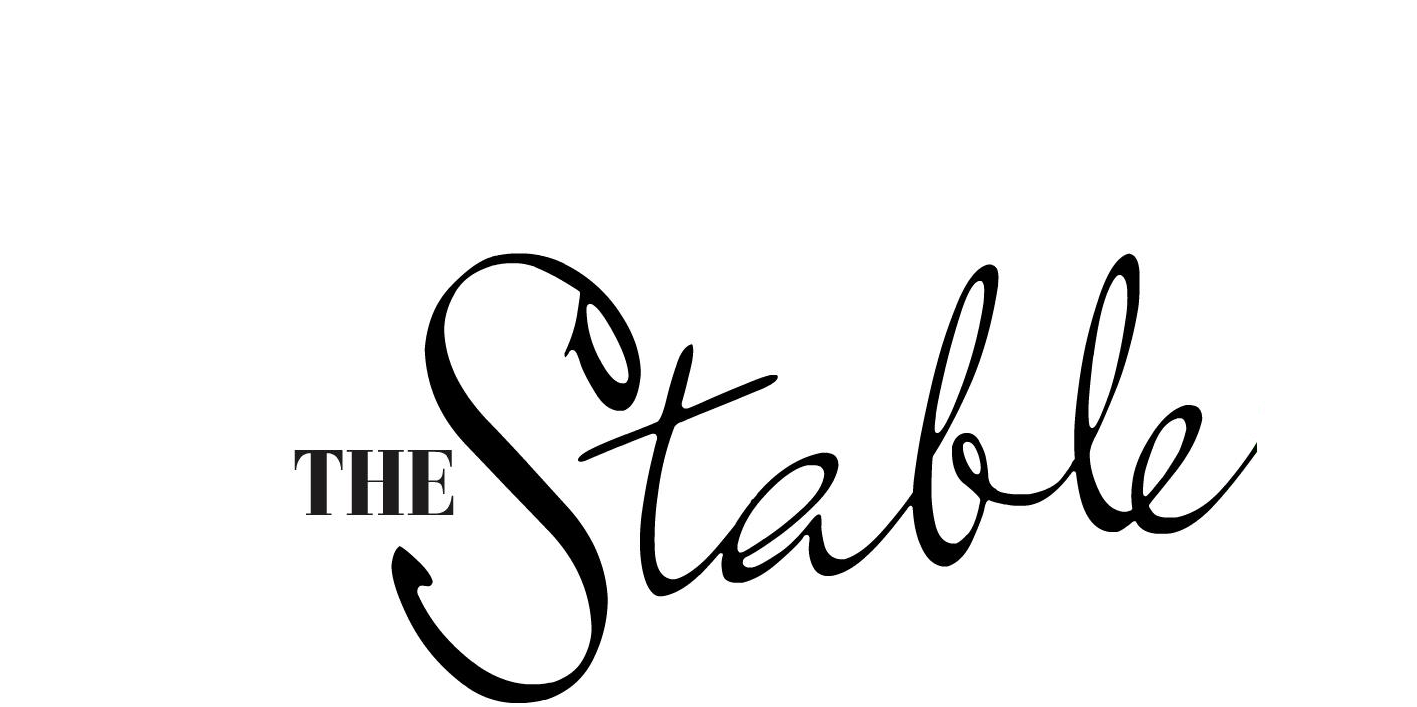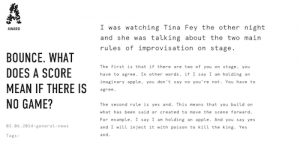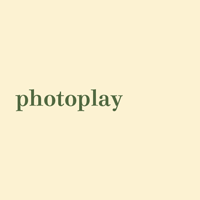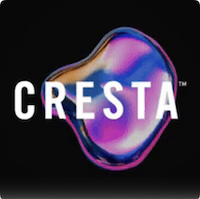Do you know what AWARD stands for? A: The Australasian Writers and Art Directors Association.
Do you know what AWARD “stands for”? The Stable asked Mark Harricks, AWARD chairman + and creative partner, The Works.
THE STABLE: There are a lot of advertising awards. What is AWARD’s USP? Its advantages in 2014?
MARK HARRICKS: AWARD is not just an award show. AWARD has three pillars; Education, Inspiration and Recognition. The Education pillar encompasses AWARD School, and further education aimed at improving the skills of Creatives throughout their career. The Inspiration pillar is everything we do to inspire the creatives of the region; talks, exhibitions and content. The Recognition pillar is AWARD Awards and the AWARD Hall of Fame. AWARD Awards is a regional (Australasian) show that was set up with the aim of recognising and rewarding the best creative work from this region.
AWARD is a not for profit organisation, set up by creatives for creatives. The things that make us unique are: We have been around 35 years. We are run by creative people who volunteer their time (unpaid). The committee is a representative body. We are not owned by a corporation so there is an inherent integrity that comes from our structure and that we are not doing this for profit. It is simply about Australasian creatives recognising the great work done by our peers, and providing a platform for educating and inspiring the next generation of creatives.
TS: AWARD was modeled on the structure of D&AD, so creative excellence and fostering next gen are givens. How does it differ from D&AD and why?
MH: We don’t have exact details on how AWARD was set up over 35 years ago, but we do know that the aims of D&AD and AWARD are by and large the same. D&AD obviously operates in a much bigger market and attracts members and entrants (to their shows) from all over the world. AWARD focuses on supporting our local region. We admire what D&AD does and they respect our position and standing in this region. We both want the same things for our members, so it makes sense we support each other so we can maximise our impact.
TS: Dumb Ways To Die cleaned up at the last AWARD awards – more than a year after its time in the sun. Is timing a problem award needs to address?
MH: We have tried changing the timing of our Awards over the years. It doesn’t matter what time of year you put it, the award-cycle of any piece of work can start at any time. Currently we have it placed at the beginning of the year to maximiseexposure of regional work before the global award shows. This helps give work from this region the best chance possible.
TS: AWARD school was once where a few exceptional creatives paraded what they could do so that agencies could cherry pick them. What are the advantages and disadvantages of being bigger, less exclusive and without job guarantees.
MH: I don’t think your question accurately captures how AWARD School has evolved. AWARD school like the industry has evolved, however it is arguably harder and relatively more exclusive.
There have never been any job guarantees, much like any course around. Graduates still need to find a job. AWARD will do whatever we can to help, but ultimately it’s up to employers and job seekers to find the right match. Supply and demand. What has remained is our standing as an accreditation. Most creative directors in Australia still expect creative newcomers to have completed AWARD School.
TS: What do you think are the answers to stopping top creative positions in Australia being dominated by men in their thirties? What does AWARD/Communications Council plan to do?
MH: We are embarking on a journey to discover what is behind this. Diversity is the lifeblood of creativity. It is in our interest to attract as many different people as possible. People from different cultural backgrounds, different economic backgrounds, and people of different ages and gender. The first issue we are going to tackle applies to half the population. We need to understand why we are not attracting more women to the most creative jobs in business. And also how we can better retain women in our industry through their careers and into senior leadership positions.
TS: What else needs to change in Adland?
MARK HARRICKS:
1. More agencies owned and run by creatives.
2. More value placed on ideas. Agencies and creative people financially rewarded or compensated on the quality and effectiveness of their ideas.
3. More clients willing to be creatively adventurous.


![Mark Harricks TWS[3]](https://www.thestable.com.au/wp-content/uploads/2014/08/Mark-Harricks-TWS3-300x300.png)

















